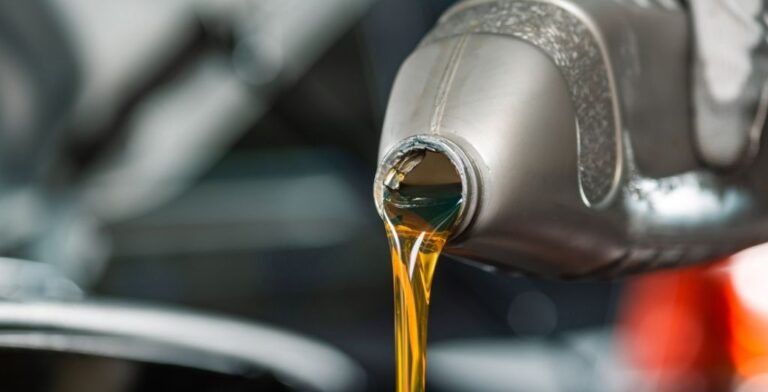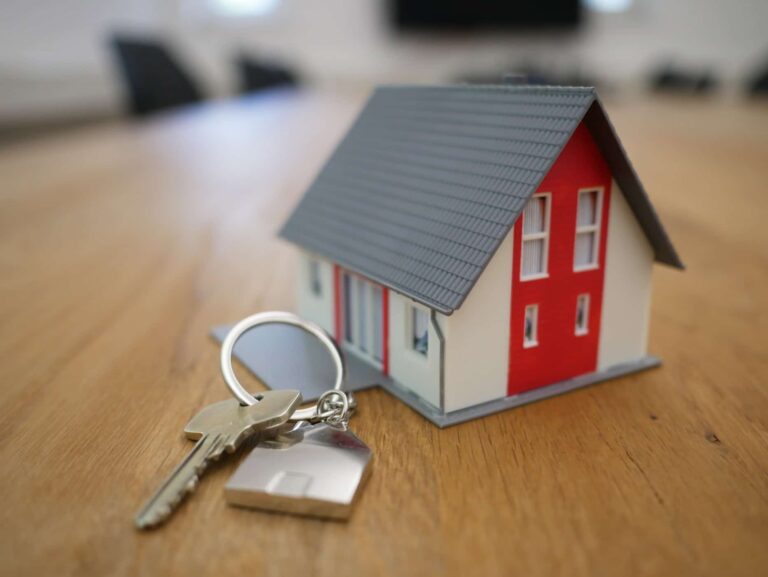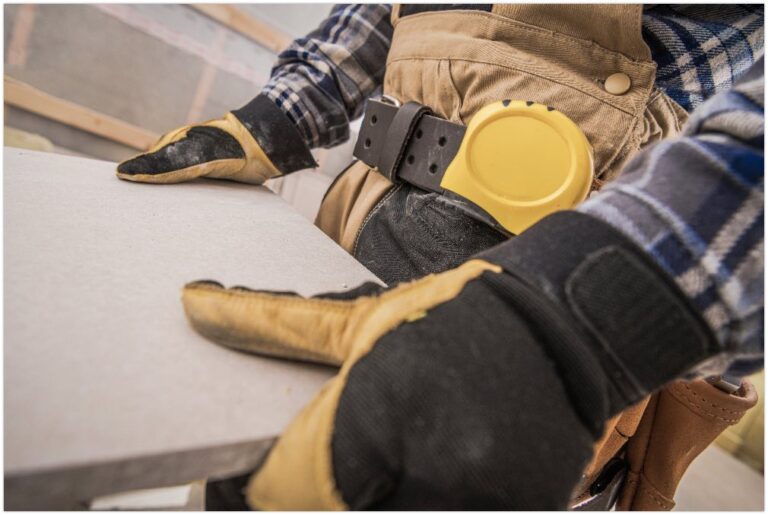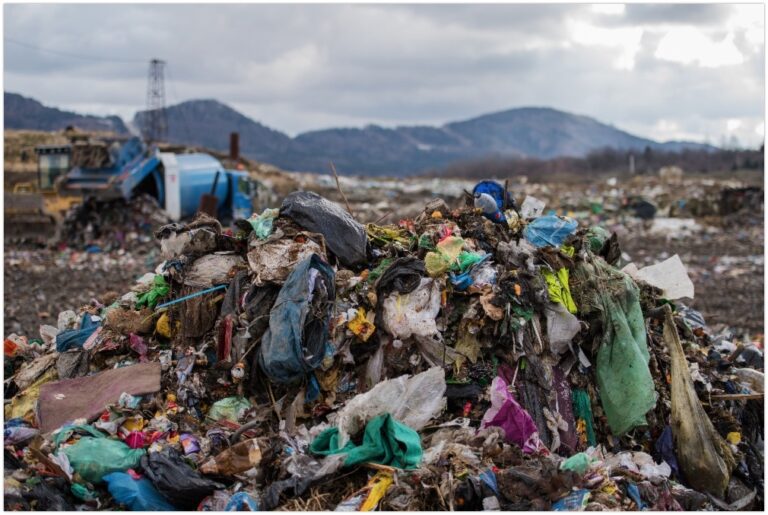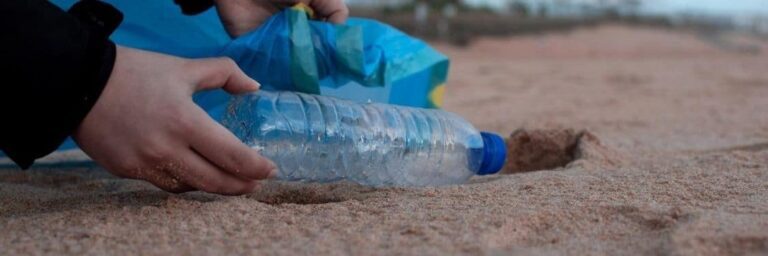In the mid-20th Century, the Australian government decided to stop incinerating rubbish. That’s when landfills began sprucing up. Years down the line, the entire country heavily depends on landfills to deal with its waste.
A study by ABS on waste disposal paints an accurate picture of the situation on the ground. While 21.3 million tons of waste got deposited in 2007, only 19 million tons were disposed of a few years back, in 2001. That’s a 12% increase in a relatively short period.
Currently, 20 million tons of rubbish ends up in landfills every year.
So, what happens to waste once it gets to a dumping ground? To exhaustively answer that question, you ought to look at things holistically. Why not start right from the beginning.
The Process at a Landfill
You’ve just noticed that your trash is full. Right away, you take out the garbage to the closest dumpster. A few days later, your trash pickup service collects everything in the dumpster and heads to the designated disposal area (landfill).
Now, there are three kinds of waste for three kinds of landfills in Australia:
1) Municipal Solid Waste Fields – All your household trash gets sent to an MSWL (Municipal Solid Waste Field)
2) Industrial Waste Field – These are dumping sites designated for industrial waste products.
3) Hazardous waste landfills – They house all types of dangerous waste.
So, all your household waste goes to an MSWL. During construction, experts design the MSWL to collect/ store large amounts of garbage effectively. First, the ground gets layered with clay. Next, it gets lined with a sheet of flexible plastic (1 cm. thick).
After that, pipes and drains that collect leachate get placed on top of the sheeting. Leachate is the contaminated waste fluid that trickles out of a large rubbish body. The drainage system directs leachate into collection pools for treatment as wastewater.
As more and more waste comes into the landfill, the pile gets rolled over by heavy and large machinery to create a compact heap. Once the load reaches a given height, another layer of clay gets added, followed by a plastic skin. Above that, dirt (several feet), plants, and soil top the pile.
The process above is how rubbish gets stored in a landfill.
What Happens to the Covered Litter?
In the pile of waste, the trash layer begins to form a gently sloped hill. This hill can reach over 46 meters thick. That’s a massive heap.
The garbage in the landfill begins to break down and decompose, albeit slowly, thanks to the sealed, oxygen-free environment. Consequently, bacteria produce methane gas. And because this gas is highly flammable, municipal authorities cannot allow it to settle underground.
Thus, pipes get placed on the waste layer to start collecting the rising methane gas. Some landfills burn or sell the methane as a source of energy, while others merely vent it into the air. That makes the end of a single pile of rubbish.
Mind you, after sealing and piping one heap of rubbish, the guys at the landfill can add another pile on top.
The State of Sydney’s Landfills
Sydney has four rapidly filling dumping grounds: Lucas Heights, Eastern Creek, Belrose and Jacks Gully. Unsurprisingly, Jack Gully can no longer handle any perishable waste. You will find several kinds of litter in Sydney’s landfills, including household waste, industrial, commercial waste, and demolition & construction waste.
Household waste makes up the most significant percentage of rubbish in Sydney’s landfills. Therefore, citizens are contributing highly to the filling of dumpsites. Did you know that a filled-up dumpsite poses a considerable risk to the environment?
Yes, the harmful gases (including methane) produced in these dumpsites increase global warming. Considering there are countless dumpsites all over the world, it’s easy to imagine the kind of damage these areas are causing to the ozone layer. And what’s the primary source of harmful gases in a dumpsite? Organic material from domestic bins.
What Role can You Play?
The government is taking action to reduce filling at garbage sites. Recently, Sydney authorities came up with a 2017-2030 waste strategy and action plan known as ‘Leave nothing to waste.’ The aim is to create a sustainable waste management system for the entire state of Sydney, which will help combat the harmful effects of dumping rubbish.
But this guys can’t do it alone. Every household needs to come up with its waste management system. It will ensure that the large amount of rubbish that ends up in landfills gets recycled or composted. Contact Paul’s Rubbish Removal if you need help creating a waste management plan for your home.



